Service designers operate within a user-centred world, where design challenges are driven by human behaviours, attitudes, needs and wants. However, people are always changing; they are shaped by the socio-cultural, technological, political and economic influences of the surroundings they live in. Some of these influences might be predictable or obvious, such as the reduced possibilities to live and work abroad for UK citizens, following their country’s departure from the European Union. They might also be unexpected or subtle, such as changes in online social behaviours following a privacy scandal involving a tech giant.
User-centred designers are masters of researching and understanding the ways in which people behave right now, but design challenges are often complex, ever-changing, and rarely do they only exist in the ‘now’. We argue that designers tackle challenges best by considering not only how people behave now, but how external influences change these behaviours and needs over time. In contexts where the pace of change is increasing, service designers must respond by thinking in even longer terms. By exploring futures thinking, designers can create services that are more resilient to potential change, and may even take an active role in shaping the change that affects them. As Douglas Rushkoff stated during a recent talk at FutureFest 2018, “The word ‘future’ should be interpreted as a verb, not a noun.” It can be used to describe not only a place in time at which we arrive, but the process of proactively shaping change.1
What is futures thinking?
Increasingly, future-oriented practices are influencing the design disciplines of today. ‘Foresight’, ‘futurism’, ‘futurology’, ‘anticipation studies’ and ‘futures thinking’ (sometimes ‘futures’ for short) are terms that are often used interchangeably to describe the practice of thinking about the future in a structured way, and the methods and approaches that are used to do so. For clarity, we like to use ‘futures thinking’ when discussing this.



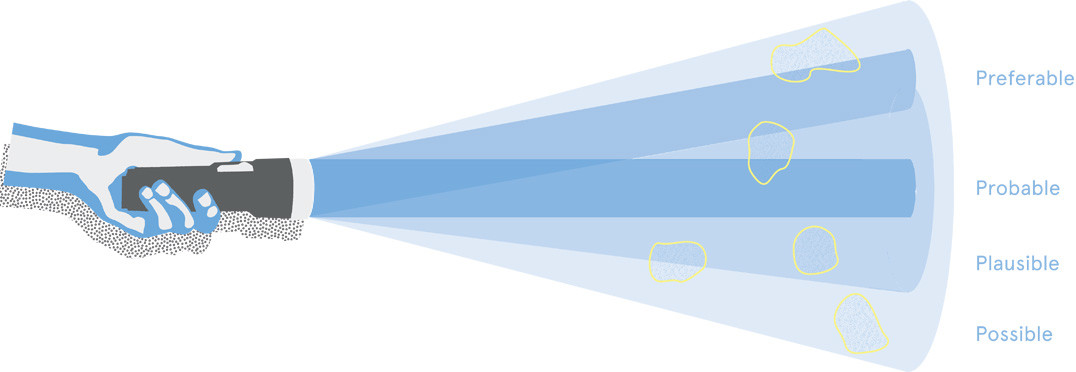
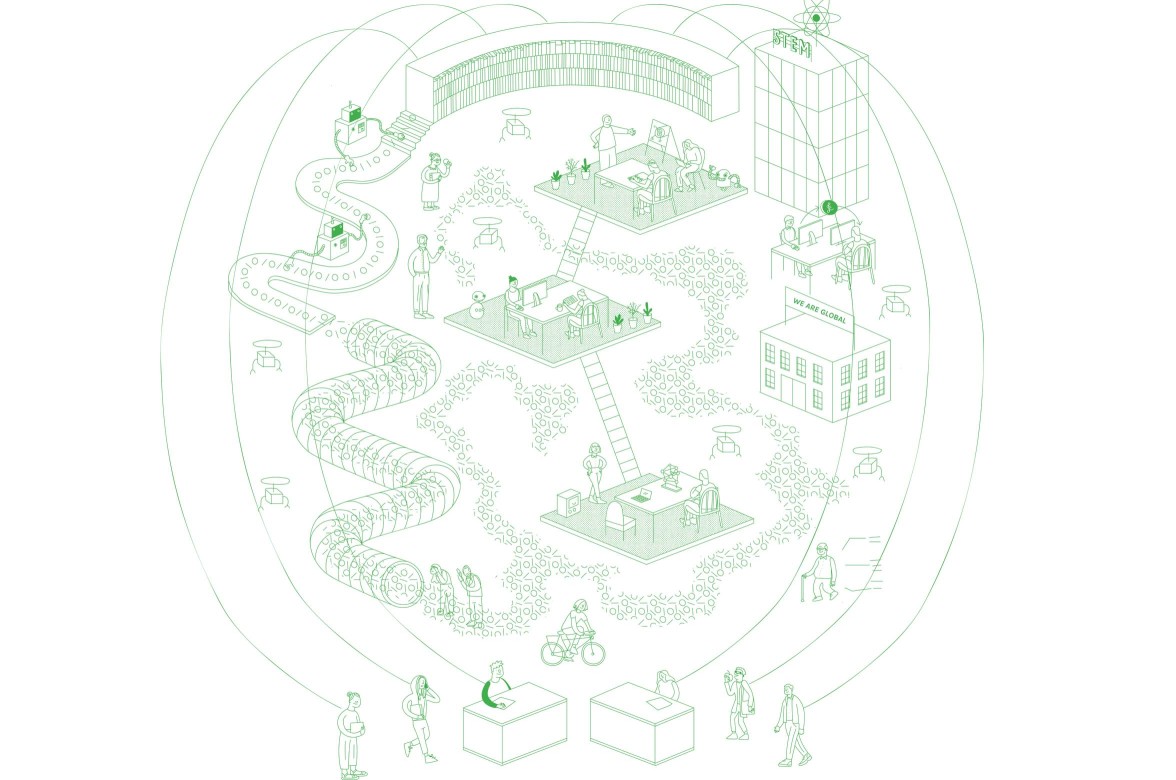
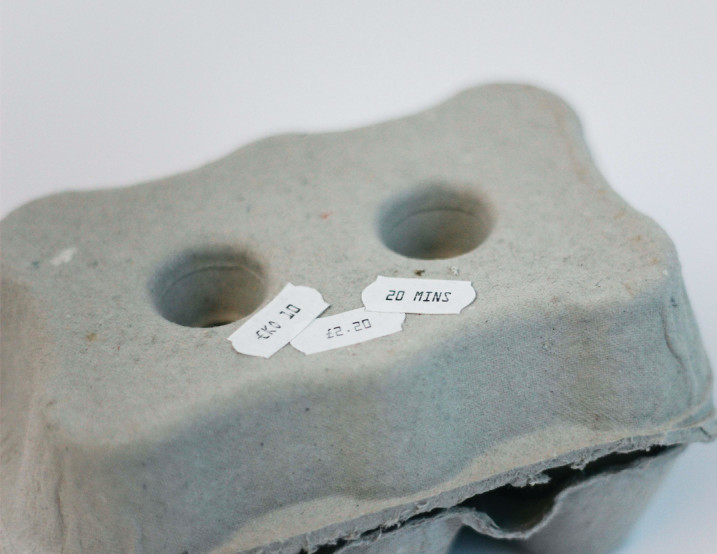
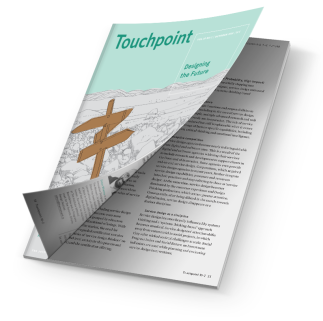


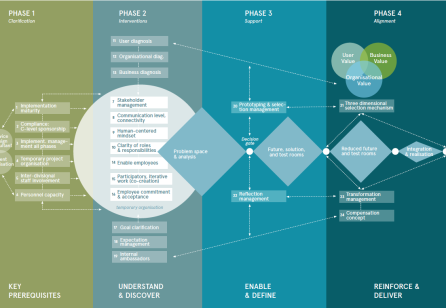
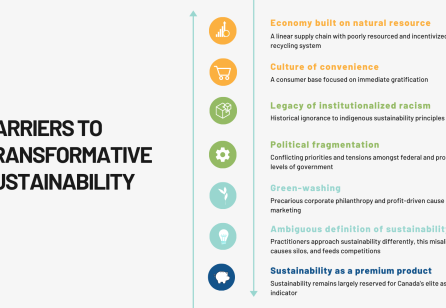

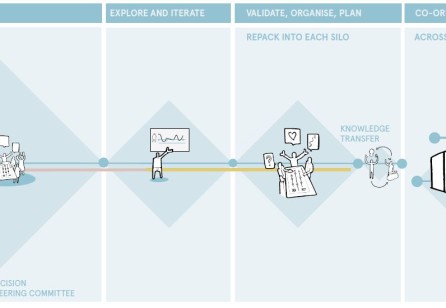

Share your thoughts
0 RepliesPlease login to comment